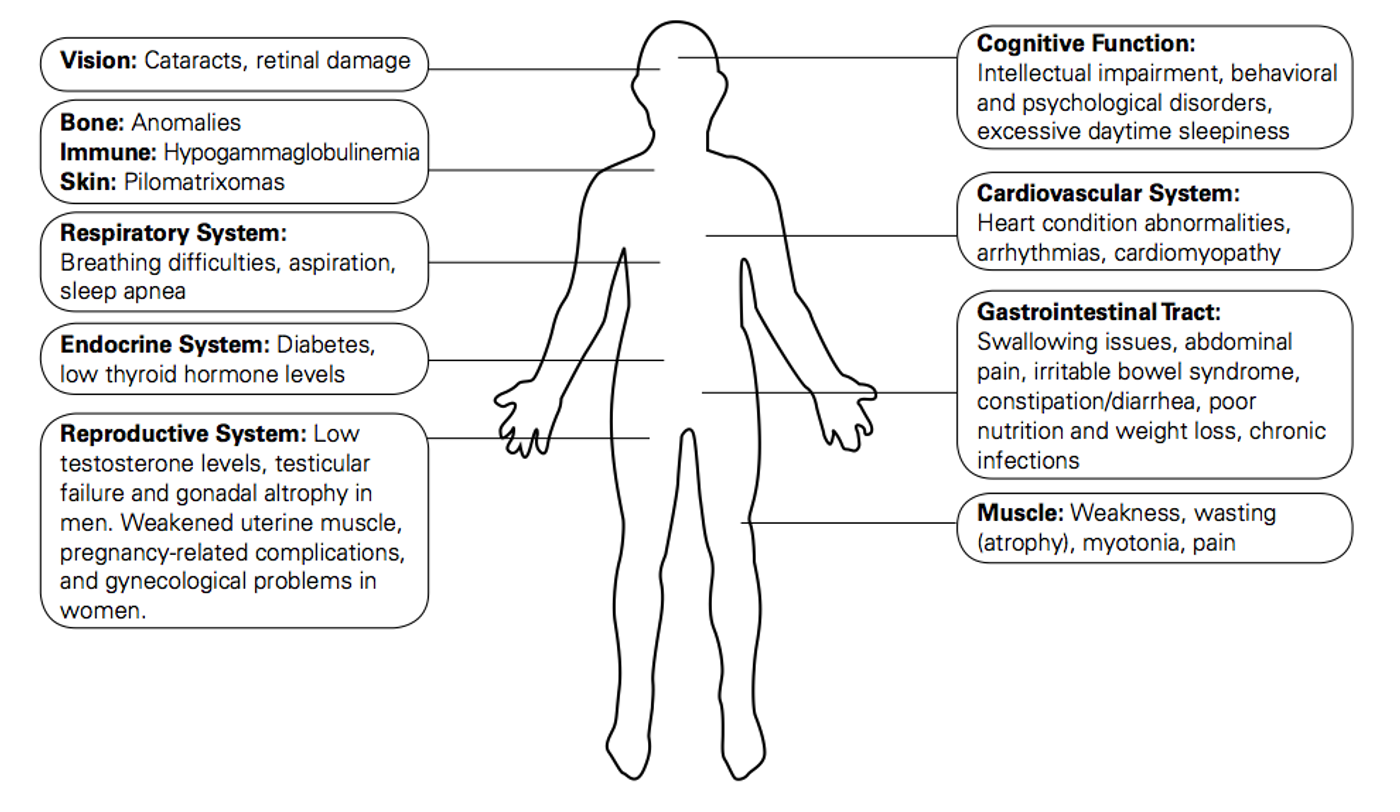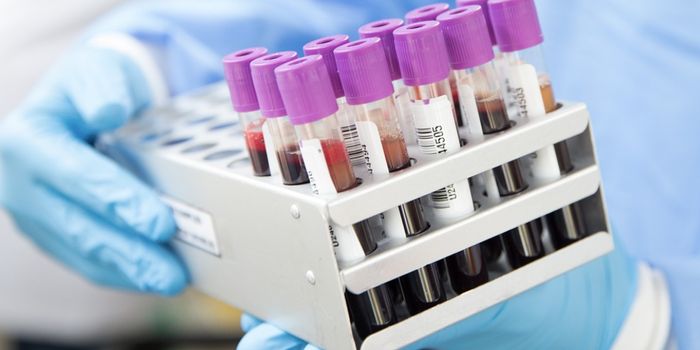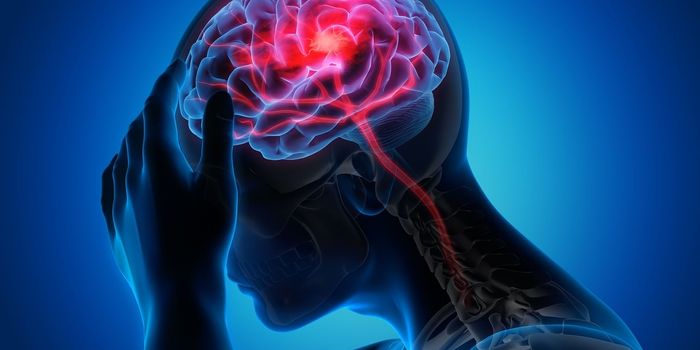Approximately one in eight thousand people inherit myotonic dystrophy (DM), the most common form of muscular dystrophy in adults. There’s no cure for this debilitating disease, but scientists are close to identifying the best ways to interfere with the most dangerous complications. In the case of a new study published in
Nature Communications, scientists are close to reducing the deaths from DM-related heart arrhythmia, a condition with previously unknown causes.

From Osaka University, Masanori Takahashi, PhD, and his team are building on their 2002 study that connected muscle stiffness from DM to mis-splicing of RNA, a result of a decrease in chloride channel proteins. As it turns out, a very similar condition could explain why many DM patients experience a potentially fatal heart arrhythmia.
It turns out that it is a compromised sodium channel that causes abnormal RNA splicing that causes heart arrhythmia, presenting symptoms very similar to an inherited condition called Brugada syndrome, Takahashi and his team discovered. Brugada syndrome was discovered in 1992, described as an “inherited cardiac arrhythmia syndrome that can lead to life-threateneing ventricular tachycardia and fibrillation.”
Alterations in either the sodium or chloride channels impacts RNA splicing because the genetic material expands abnormally before congregating in the nucleus and seizing proteins for splicing.
Takahashi and his team confirmed their discovery with a study where they induced RNA abnormalities in mice. The animals ended up developing a similar heart arrhythmia to those of DM patients. A computer simulation of an altered sodium channel function provided further clarity: an electrocardiogram reported abnormalities also similar to DM patients.
Myotonic dystrophy causes muscle spasms, cataracts, and endocrine disturbances in addition to the lethal cardiac abnormalities. People with this disease also have “long, thin faces,” droopy eyelids, and a long neck. Depending on the severity of the disease, people with DM can live well into adulthood or die in infancy. Researchers have yet to identify a cure or effective treatment for DM or any other types of muscular dystrophy.
Sources:
Genetics Home Reference,
Masonic Medical Research Laboratory,
National Institute of Neurological Disorders and Stroke,
Osaka University









